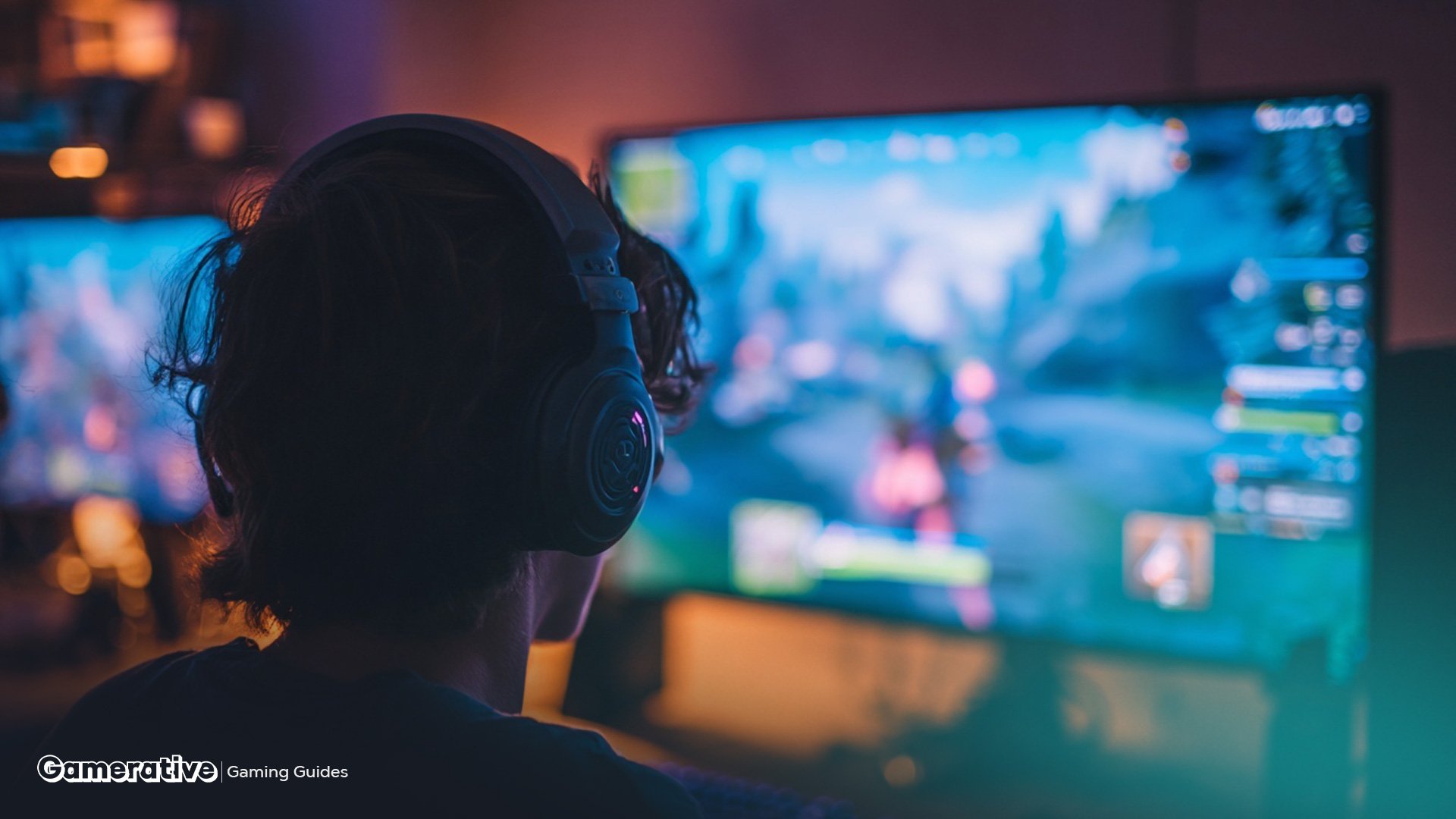Sometimes, all it takes is seeing our gamer tag climb one tiny spot on a leaderboard to make our whole week. Whether we’re seasoned competitors or just quietly tracking high scores among friends, there’s something irresistible about ranking systems in games. And how many times have we found ourselves thrown into a match with flawless strangers, only to wonder, “How did the game choose these teammates?” Matchmaking and leaderboards in games are the behind-the-scenes tech powering modern competition; a blend of data, algorithms, and human ambition wrapped up in every online round.
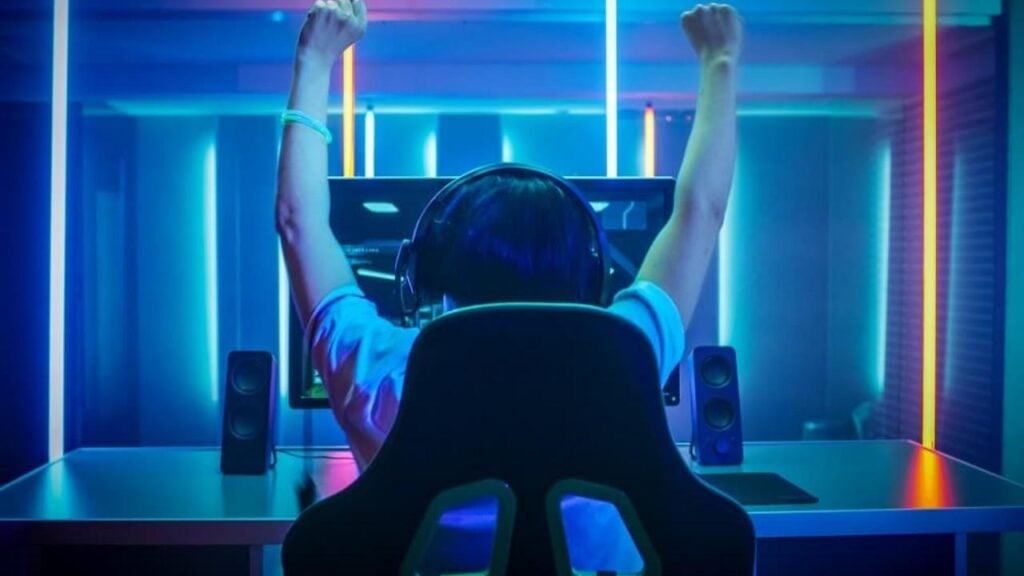
Leaderboards in Games
Leaderboards feel like the digital equivalent of a school trophy case, except these update live, often in bold colors, and display thousands of players from around the world. We’ve all peeked at global rankings in Rocket League or tried to outpace friends in Chess.com, measuring ourselves against the best. There are permanent leaderboards that track a lifetime of stats, as well as seasonal ones that reset and create excitement for every fresh start.
A single high score can light up a group chat. A leaderboard can turn a lazy Saturday into a marathon run for first place.
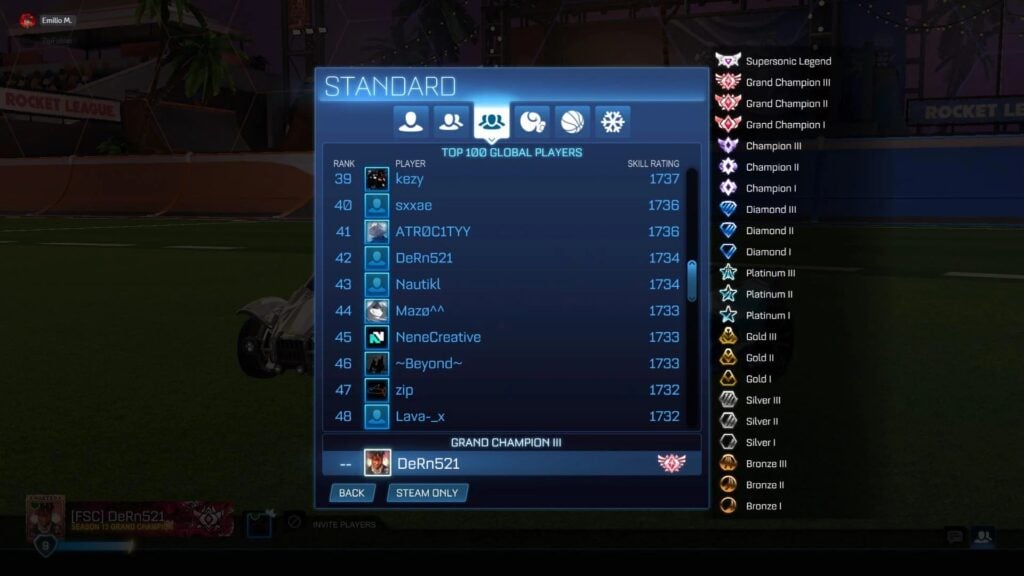
How Do Leaderboards Work?
We might not think about it, but each match, kill, lap, or win we rack up is quietly recorded. These details, scores, victory counts, and fastest times make their way to central databases, which instantly update the rankings. Ever notice your place jump (or dive) the second a match ends? That’s live updating in action, and the same anti-cheat engines that keep competition fair also flag suspicious stats for review.
Keeping things honest is just as important as keeping things exciting.
What Is Matchmaking in Games?
Let’s shift gears from leaderboards in games. Matchmaking is the friendly robot that pairs us with, or against, other players, making sure we’re not dropped into a hopelessly lopsided brawl. Whether we’re queuing in Overwatch 2 solo or inviting pals to form a squad in Fortnite, matchmaking tries to ensure fair, enjoyable battles.
The best matchmaking feels invisible: balanced, fast, and fun from the first click.
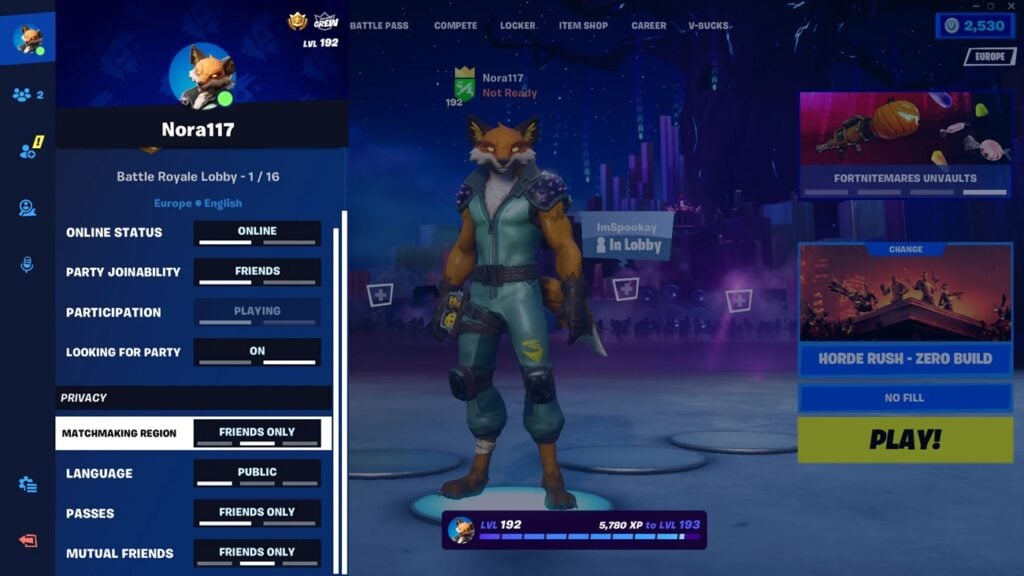
How Does Matchmaking Work?
Matchmaking is cleverer than we realize. It uses skill scores (like ELO or MMR), region, connection quality, party size, and sometimes even recent play performance to build a match. We might get matched against similarly ranked rivals in League of Legends, or see party matchmaking adjust if we’re grouped with friends of different ranks in Call of Duty.
No two queue times are quite the same, but the goal always stays the same: a fair shot for everyone.
The Technology Behind Leaderboards & Matchmaking
All this magic relies on robust tech: cloud databases for tracking stats, real-time syncing so global leaderboards in games never lag, and anti-tamper systems to stop cheaters. Matchmaking algorithms crunch oceans of data, sorting us into games where we belong, and keeping the competition both fun and fierce.
For those of us fascinated by tech, it’s an invisible symphony happening every second.
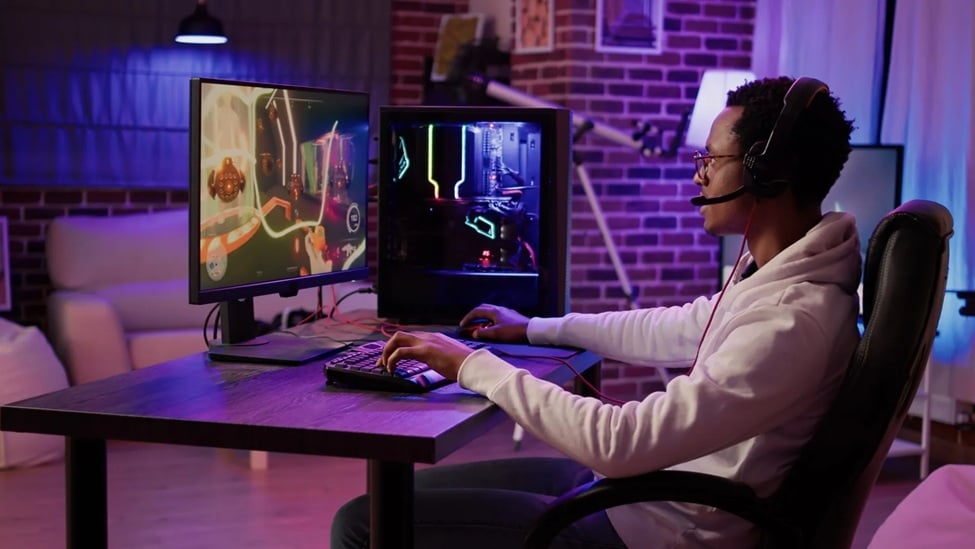
Benefits for Players and Developers
From a player’s view, having a leaderboard or ranking system turns a simple pastime into a personal quest; bragging rights, goal-setting, and rapid improvement all come with the package. For developers, it’s a goldmine of feedback and engagement: players keep coming back, and the community never goes stale.
Online gaming would feel pretty flat without that electric competitive edge.
Challenges and Common Issues
Even the best systems aren’t perfect. Cheating and boosting are the dark twins of any ranking system. Sometimes, players purposely underperform to face easier opponents; a practice called smurfing. And if poor matchmaking sticks us with unbalanced teams, even the most patient players can feel frustrated.
Lag and server region differences add another layer of complexity, but we keep queuing anyway.
Examples: Great Games with Leaderboards & Matchmaking
Take a look at these standouts:
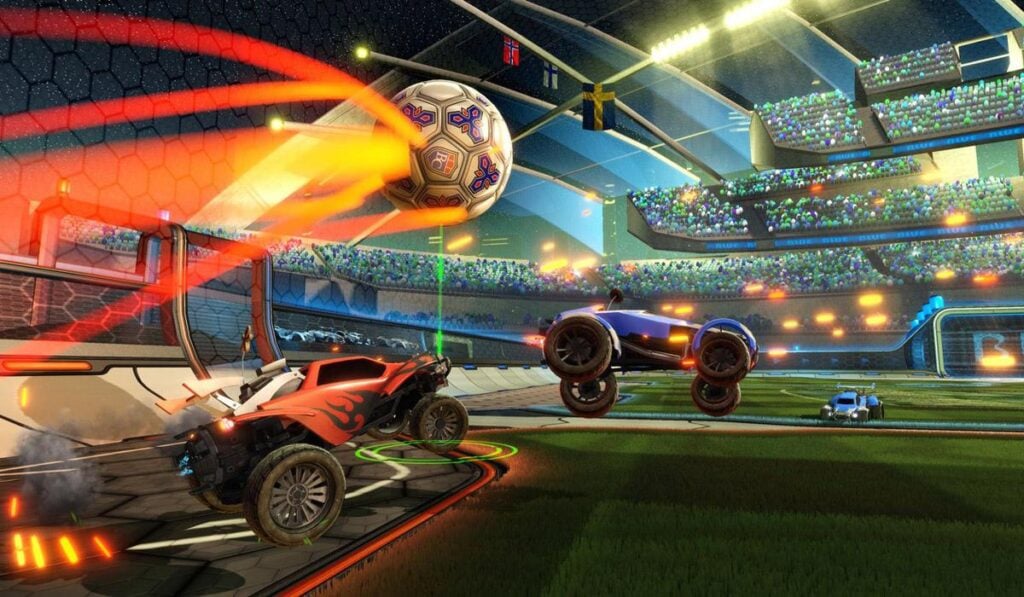
1. Rocket League – tight seasonal leaderboards, skill tiers
2. Chess.com – ELO rating, global and club ladders
3. Overwatch 2 – dynamic team matchmaking, ranked modes
4. Fortnite – ranked cups, cross-platform matchmaking
5. League of Legends – tiered ladder, role-specific matchmaking
6. Call of Duty (franchise) – comprehensive stat tracking across platforms
Each handles matchmaking and leaderboards in games a bit differently, but all fuel epic rivalries and friendships.

Final Word: Mastering Competitive Play Online
The magic of matchmaking and leaderboards in games is that they turn solo sessions into epic sagas; sometimes frustrating, often exhilarating, and always meaningful. Next time you’re about to queue up, think of the invisible gears clicking beneath the surface, shaping every victory and comeback. And we’d love to hear from you: What’s your proudest leaderboard moment, or the wildest match you ever played? Drop your stories below, because every ranking has a legend behind it!
Learn about the inside out of video games world and industry via Gamerative.
FAQs: Leaderboards & Matchmaking
1. Why do some games show multiple leaderboards for different modes or seasons?
Games create separate leaderboards to motivate players to try new modes, compete in fresh seasons, and keep matches feeling new and rewarding.
2. Is it possible for matchmaking to put friends with very different skill levels together?
Yes, but the system often balances this by matching the team as a whole against similarly averaged opponents, aiming for overall fairness.
3. What happens to leaderboard rankings when cheaters are caught?
Almost always, accounts found cheating are disqualified and their scores removed, so legitimate players can claim the spots they deserve.
4. Can I lose matchmaking rank if I take a break from a game?
In many games, ranks may decay or reset after inactivity to ensure fairness for active players, so it’s worth checking your favorite title’s policies.

